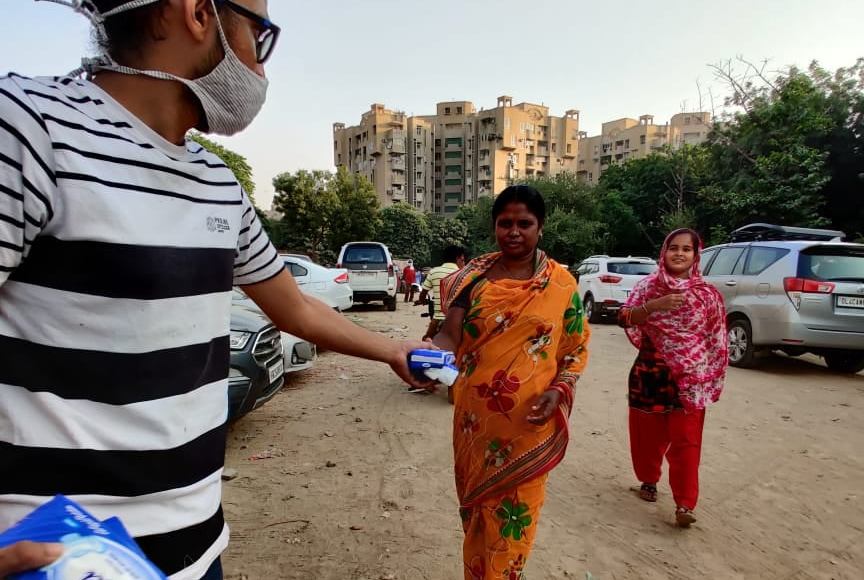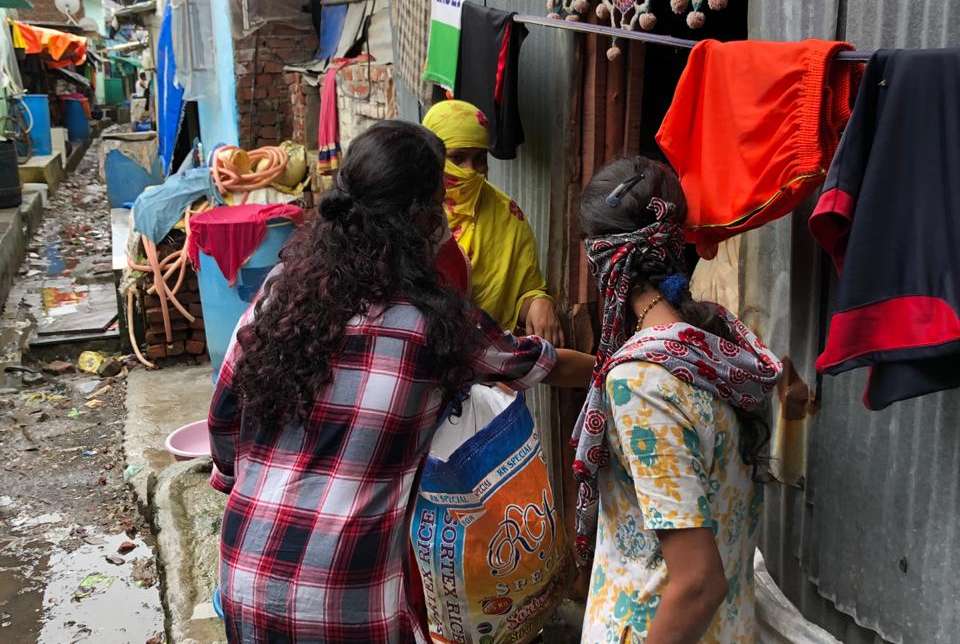Periods or “that time of the month” can be a mess for many of us. The cramps, back-aches, bloating and crankiness can be a real pain. While our list of problems ends there, for over 70% of Indian women, it doesn’t. For them, lack of toilets, societal stigma and inability to afford pads are the real issues. This is called period poverty, and despite Government efforts, it still plagues a large section of rural India.
To know more about this, we got in touch with Mayuri Joshi Dhavale, co-founder of Pad Squad, a people’s movement that aims to alleviate period poverty and make safe, taboo-free menstruation a possibility for women. She says,
Period poverty is not a recently coined term. It came into existence sometime around 2017 when a report of UNICEF and WaterAid was published. The report stated that more than a third of the girls in South Asia miss school during their periods, mainly due to lack of access to toilets and pads in schools and no proper education about menstruation.
Period poverty is a health crisis for women worldwide, especially in India, and we all you need to know about it.

Causes Of Period Poverty
1. Taboos, Stigmas & Stereotypes Around Menstruation
Haven’t you heard the age-old saying that menstruating women should not enter kitchens or temples, or worse, been forced to follow it? Well, those are just the tip of the iceberg when it comes to menstrual taboos. Dhavale says,
Women and young girls who menstruate are ostracised from basic activities like eating certain foods or socializing. Many still consider the woman to be ‘impure’ during her periods and she is expected to live in a harsher environment, sleep outdoors on the floor and more. Additionally, due to societal norms, women put the needs of their family, children, husband and community before themselves. Spending on themselves is still considered a privilege in most homes, especially on pads, which is considered a luxury.
2. Extremely Poor Hygiene Standards
For many rural women, menstrual hygiene is non-existent. There is water scarcity in most, which adds to their troubles. The women use the limited water they get for cooking and cleaning and not on themselves and end up going days without bathing and reusing their unwashed clothes. They end up doing the same during their periods as well. The same dirty rag and pad is reused, which leads to a lot of UTI’s, diseases and infections! Another issue is the lack of toilets in villages. Toilets are a basic human need, especially for menstruating women. This makes them feel more ashamed to take care of themselves! A report published in 2014 found that nearly 23 million girls drop out of school annually due to a lack of proper menstrual hygiene management facilities. Dhavale further adds that lack of waste management is also a huge concern. She says,
In many cases, the cloths and pads are carelessly thrown for others to see and for dogs to drag around making it extremely unsafe and embarrassing for all. If it’s burnt, it causes a huge environmental hazard, which is terrible too.

3. Low Levels Of Education & Awareness
Dhavale reveals that A 2014 UNICEF report pointed out that in Tamil Nadu, 79% of the girls and women were unaware of menstrual hygiene practices. The percentage was 66% in Uttar Pradesh, 56% in Rajasthan and 51% in West Bengal. Another study found that 71% of girls in India report having no knowledge of menstruation before their first period. The report also talked about their dominant feelings to be shock, fear, anxiety, guilt, and frustration. If both, the women and men are educated about periods, then their outlook towards it will change, benefiting everybody. Some Indian villages have appointed officials to teach girls about menstruation and sex, But since the officials lack basic understanding and knowledge about it, they are unable to do their job!
4. Lack Of Proper Medical Care
Dhavale says,
The interior parts of the country are devoid of any medical facility. Many villages we visited had no hospital or ambulance services within a 100-kilometre radius. Most medical emergencies related to menstruation such as excess bleeding, less bleeding, UTIs and PCOD are almost ignored. With zero medical care, the woman is expected to bear her period pain using home remedies if at all. This is a huge problem!
Additionally, due to the stigma surrounding periods, many women are too ashamed to even speak up if they are facing issues with their periods. This is extremely harmful to them.

Effects Of Period Poverty
- Girls dropping out of schools – On average, girls miss six days of school each month due to shame surrounding their periods, fear of staining or lack of sanitary products. This contributes to the girls in India who drop out of school each year.
- Perpetuating the period taboos and stigmas – The aversion, stereotypes, superstition and “impurity” attached to menstruation will get carried on to the future generations and further strengthen its power and continuity.
- Increased illnesses and possible deaths – With minimum access to pads, reusing dirty rags and hay, lack of medical care and poor menstrual hygiene, diseases like UTI’s may have fatal effects on women.
How You Can Help
There are multiple NGO’s and initiatives that are working towards alleviating period poverty. Pad Squad, Myna Mahila, and Binti are some of the organisations who donate pads, sustainable menstrual cups across rural areas and help make periods dignified and taboo-free.

What are your thoughts on Period Poverty? Let us know in the comments below.
Join Malini’s Girl Tribe on Facebook and Instagram to be a part of more such conversations!

